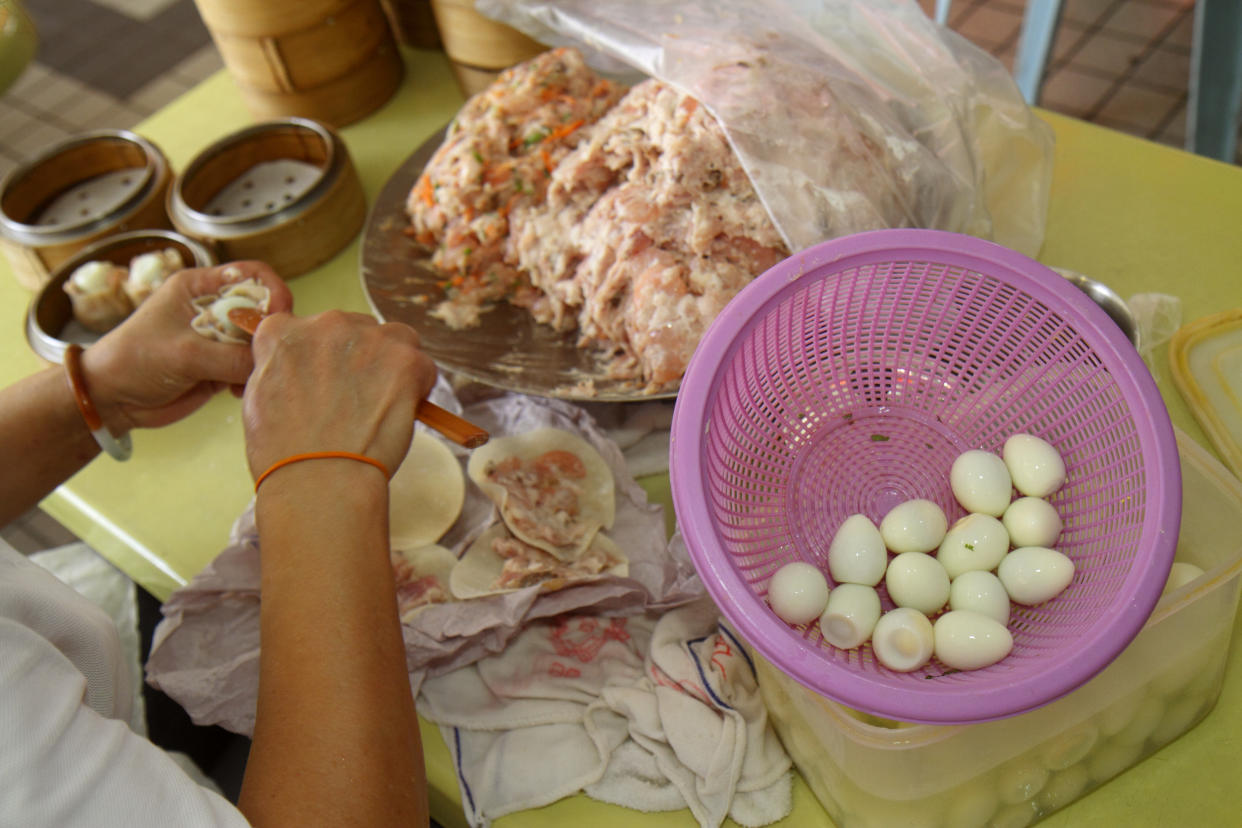How does Salmonella cause food poisoning?

In the year 2009, a severe food poisoning outbreak happened at Geylang Serai, where two deaths and over 150 casualties were reported over the dirty state of the market. Ministry of Health revealed the outbreak was “most likely due to cross-contamination of rojak and raw seafood ingredients harbouring the (Vibrio parahaemolyticus) bacteria”.
Over the past few weeks, we saw two reports of food poisoning that happened at Spize Restaurant where one death was reported and over 47 cases were hospitalised. At Mandarin Orchard hotel, 175 cases were linked to four events that happened at the same venue. Casualties reported as having symptoms of gastroenteritis.
Overall, have we, as a nation, been lax in our state of cleanliness?
What is salmonella?
The National Environment Agency (NEA), Ministry of Health (MOH), and the Agri-Food & Veterinary Authority of Singapore (AVA) released a statement that the cause for the Spize Restaurant outbreak was due to a commonly occurring bacterium, Salmonella Typhimurium. So what is salmonella and how does it spread?
According to a release by NEA, “a common ingredient used in cooking and baking is eggs, and shell eggs may contain Salmonella bacteria. The bacteria resides in intestinal tracts of chicken and can be transmitted to humans when humans consume eggs contaminated by Salmonella found in chicken droppings. A person infected with Salmonella usually has nausea, fever, abdominal cramps and diarrhoea up to 72 hours after consuming contaminated egg. The Salmonella bacteria can double every 20 minutes; hence a single bacterium can multiply into more than a million in 8 hours at ambient conditions. The illness usually lasts four to seven days and most people will recover without treatment. However, some people may experience severe diarrhoea and may need to be hospitalised.”
Other common ingredients also include undercooked chicken, beef, or unpasteurised food.
READ MORE:
‘Veganism should be considered a religion,’ argues journalist
There were the top 10 most popular destinations of 2018 according to Tripadvisor
Could our love affair with avocados come to an end?
What are some steps to prevent food poisoning by salmonella?
Keep raw food in your freezer, and separate ready-to-eat food in chiller, with covered containers.
Use different boards and chopping knives when preparing food, especially raw meats.
Wear gloves when preparing ready-to-eat meals.
Wash your hands before and after meals preparation. Sanitiser is handy too.
Be cautious of the surroundings of your neighbourhood hawker stalls, and observe how your meals are being prepared. Are they wearing gloves?
Make sure eggs purchased are not cracked. Wash the shells before breaking it as strains of bacterium can transfer to the egg yolk and white. Keep eggs refrigerated.
Do you have any tips on how to prevent food poisoning? Share with us in the comments below.



